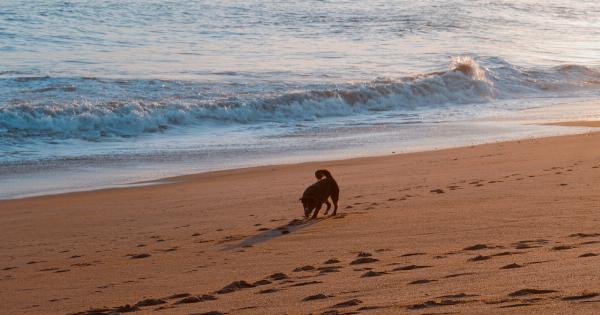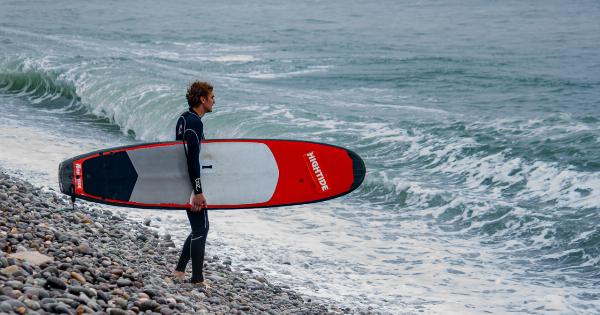When it comes to the ocean, it’s important to respect its beauty but also be aware of its hazards. From rip currents to venomous creatures, the ocean can pose a danger to even the most experienced swimmer.
In this guide, we’ll take a look at some of the dangerous ocean life you may encounter while at the beach and provide tips on how to stay safe.
Rip Currents
Rip currents are powerful currents of water that flow away from shore. They can be difficult to spot, as they often appear as calm areas of water. If caught in a rip current, it’s important to remain calm and not swim against the current.
Instead, swim parallel to the shore until you’re out of the current and then swim back to shore.
Jellyfish
Jellyfish are a common sight in oceans around the world. While most jellyfish stings are not dangerous, some types of jellyfish can cause severe reactions.
If you’re stung by a jellyfish, rinse the affected area with vinegar and remove any tentacles with tweezers. Seek medical attention if the sting is severe.
Sharks
Sharks are often portrayed as fearsome predators in movies and on TV, but in reality, shark attacks are rare. If you see a shark while swimming, stay calm and try to slowly and smoothly swim back to shore.
If a shark does attack, fight back by hitting the shark’s nose, eyes, or gills.
Stingrays
Stingrays are flat, diamond-shaped fish that have a long tail with a barb at the end. If stepped on, the barb can pierce the skin and cause a painful sting.
Shuffle your feet in the sand, as this can help alert stingrays to your presence and give them time to move out of the way.
Sea Snakes
Sea snakes are venomous and should be avoided. If you see a sea snake while swimming, get out of the water immediately. Seek medical attention if bitten by a sea snake.
Blue-Ringed Octopus
The blue-ringed octopus is a small but deadly creature that is found in the waters around Australia and the Pacific. Its bite carries a potent venom that can cause paralysis and respiratory failure.
If you see a blue-ringed octopus, get out of the water and seek medical attention immediately if bitten.
Stonefish
The stonefish is one of the most venomous fish in the world and is found in the waters around Australia and Asia. Its venom can cause intense pain, swelling, and even paralysis. Avoid stepping on or handling stonefish.
Crocodiles
Crocodiles are found in many coastal areas around the world. If you see a crocodile while swimming, get out of the water immediately. Do not approach or taunt crocodiles, as they can be deadly.
Box Jellyfish
The box jellyfish is found in the waters around Australia and Southeast Asia. Its sting can cause intense pain and may be fatal. If you see a box jellyfish, get out of the water immediately and seek medical attention if stung.
Wear protective clothing if swimming in areas where box jellyfish are known to be present.
Conclusion
While the ocean can be a beautiful and refreshing place to spend time, it’s important to be aware of its hazards. Take precautions when swimming and be on the lookout for dangerous ocean life.
By taking the necessary safety measures, you can enjoy a fun and safe day at the beach.































